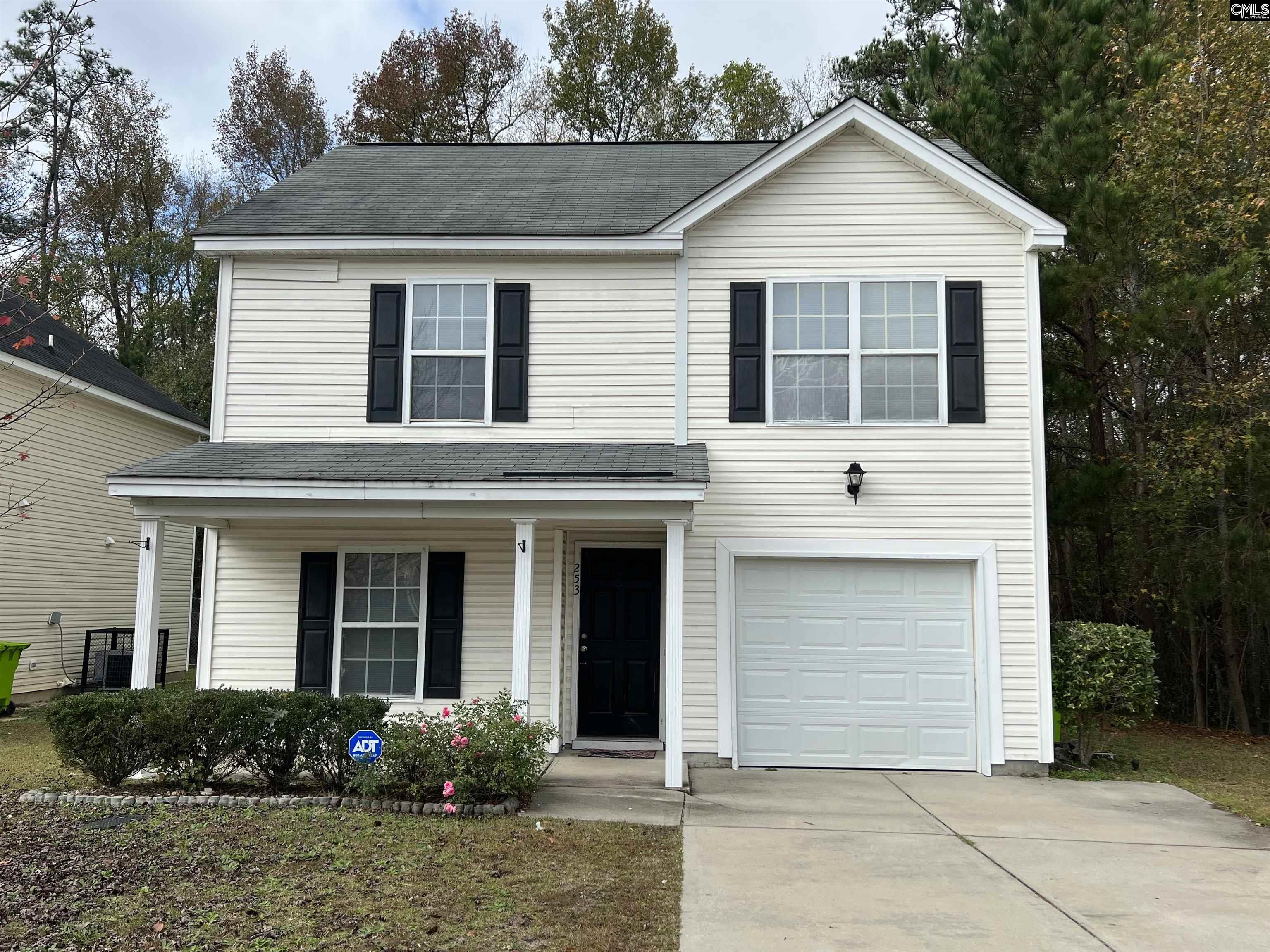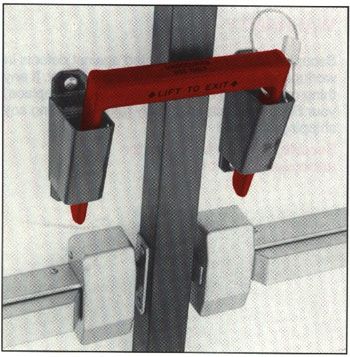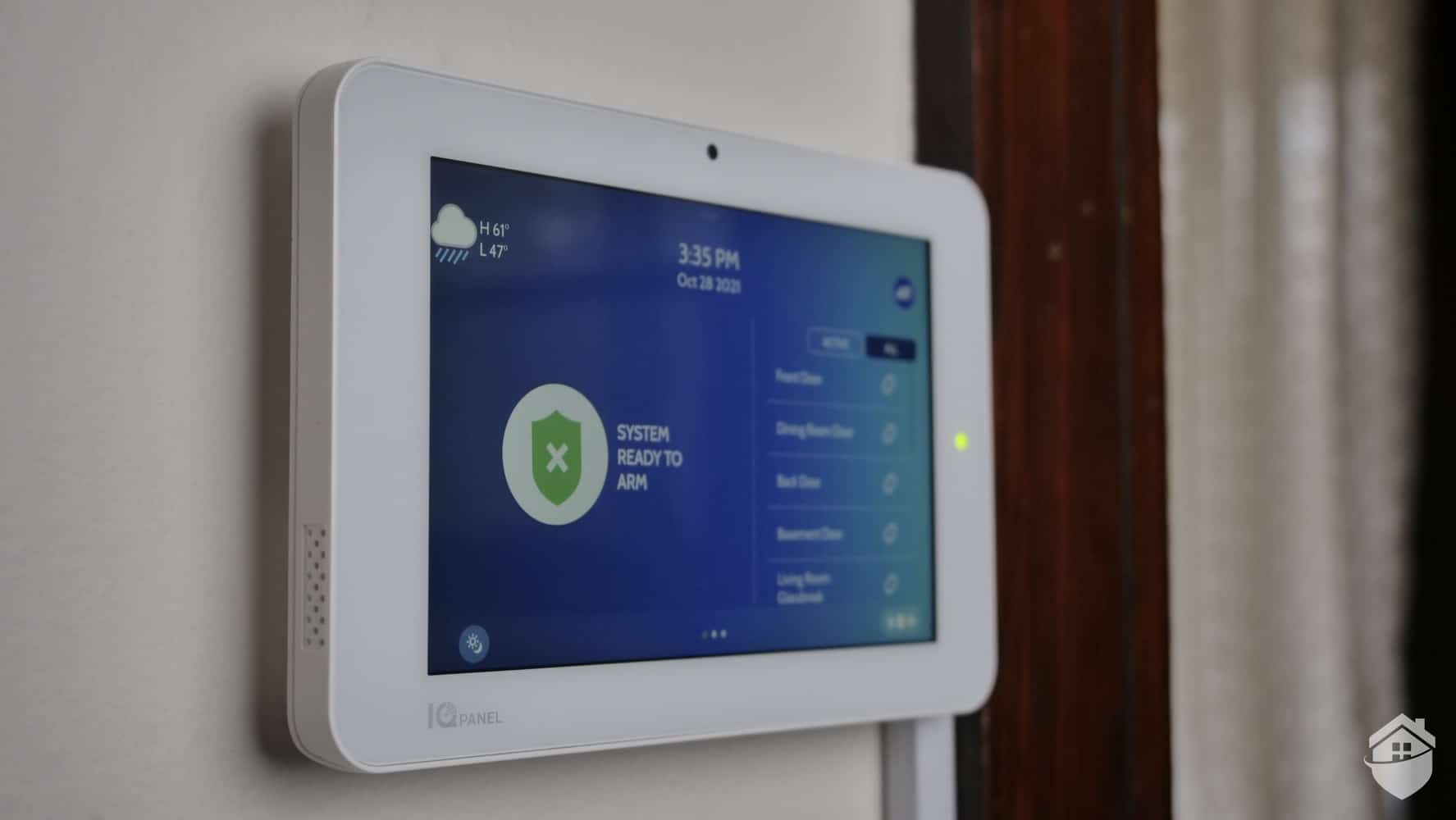
Abode Security is an award-winning, professional-grade security system. It offers self-monitoring and professional monitoring services. The Abode app can be used to remotely manage your security system and get notifications. This system can be used with Google Home and Apple HomeKit.
Abode companion can be used to arm, disarm or access your system's video surveillance footage as well as control your locks. You also have access to video storage, home automation and instant alerts with a paid subscription. If you decide to try out professional monitoring, you'll be able to contact a representative via phone or email. In addition, you can purchase a one-time professional monitoring service. This will help you stay safer in the event of an emergency.
There are three options available to subscribe to abode: Standard or Pro. Each plan offers a different set of features. Although the Basic plan comes with a keypad and video recording, it doesn't offer more advanced features. Standard Plan allows you to enjoy professional monitoring, cellular connectivity, and home automation. You can also turn off the system when you aren't home. This can help you save money.

Although the Abode security system comes with a variety of sensors, you may still need to buy other devices. You can also purchase door/window sensors. These will cost a little extra. They will be well worth the extra cost.
Many smart home devices can be integrated with Abode security systems. Your abode can be integrated with an Apple HomeKit or Nest device, Philips Hue product, or Sonos product. You can also control your alarms using voice assistants. It is possible to also download Abode for free, which allows you to view the footage from your security camera.
It is easy to set up Abode security systems. The mobile app allows you to check your system from anywhere and receive email and text notifications whenever it is activated. The professional installation of the system can be hired. Installation starts at $99, though you can also get a cheaper kit for less.
Before you can get started on your abode security system you will need to choose which plan is best for you. The Basic Plan, for example, is free while the Pro Plan is $20 per month. Both of these plans come with 24/7 professional monitoring services.

While both the Basic plan and the Pro plan offer great value, they may not be the best option. The Basic plan is recommended unless professional monitoring is required. Abode is not as robust as other brands' apps, making it easier and more convenient for intruders bypass your system.
Abode is also well-known for its customer service. You can contact a member of their team by phone, email, or live chat. They usually respond to customers within five minutes. The customer service received mixed reviews from customers. Most complaints are related to the difficulty setting up the system or problems with malfunctioning equipment.
FAQ
Which home surveillance camera system is best?
Consider purchasing a home security camera system to protect your family. These systems are easy to use and they provide great benefits for both homeowners and renters. They allow you to monitor your home remotely from any smartphone, tablet, laptop, or other mobile device.
How much does an effective home security system set you back?
A good home security system costs about $2,500. This may seem like a lot of money, but it is actually very cheap compared to the peace of mind you'll gain by having a safe and secure home.
Can I do it myself?
Yes! You can install a home alarm yourself if you know what you're doing. If you don’t have the skills to do it yourself then you can hire a professional to help you.
Statistics
- (In my experience, the discount on my home insurance covered about 25 percent of the subscription of an average plan, but your mileage may vary depending on your location and the size of your home.) (theverge.com)
- Unlike other online safety services that charge up to 100 percent of your monthly fee, Cove charges no upfront fees and has no hidden costs.
- Depending on your insurance, 24/7 professional monitoring may qualify you for as much as 15% off your premium. (safewise.com)
- Cove sets you free without punishing penalties and fees, unlike other security solutions that charge 75% to 100% of your remaining contract. (safewise.com)
External Links
How To
How to Install Home Security Systems
A home security alarm is a device that monitors the property and alerts you in case of any suspicious activity. It could be a motion detector, doorbell camera or smoke detector. A home security system typically includes one or more sensors, such as motion detectors. These sensors send signals when they sense movement or sound. The signals are then sent to a control panel where they're monitored and recorded. If something goes wrong, like someone breaking in to your house, the control panels sends an alert to your phone or tablet, your computer, or voice assistant. You will immediately be notified and can take appropriate action.
First, you must choose the right type sensors for your home to install a home security system. There are two main types of sensors: passive and active. Passive sensors don’t require batteries. They only pick up sounds, vibrations and other signals from their environment. These sensors include sirens, buzzers, and doorbells. Active sensors transmit data using electricity. Cameras and motion sensors are two examples of active sensors.
There are many different brands of sensors available today. Each brand has its pros and cons. For example, some sensors are weatherproof, while others aren't. Some sensors have built-in speakers, so they can be heard even when you're not outside. Some work only indoors. Some have simple features, while others provide advanced features like night vision.
After deciding on the best type of sensors for your property, you'll want to choose a manufacturer. This will help you ensure your sensors work well together. You should find plenty of choices at your local hardware shop.
Once you've chosen a brand of sensors, you'll need to decide how many you want to buy. Most people start with one or two sensors, depending on whether they live alone or with family members. You may want to consider purchasing more sensors in the future if possible.
Next, consider where you want to put your sensors. Do you want them close to doors or windows? Are they best kept hidden? Before you put them anywhere on your property make sure you get permission. They should not be in conflict with any electrical outlets.
After you've determined the location of your sensors, you will need a way that they can be connected to your control panels. You might need a power adapter for your setup. Once everything is in place, you can start to monitor your property.